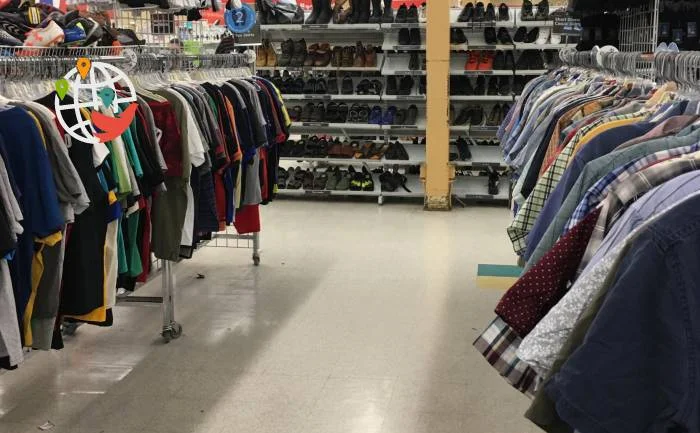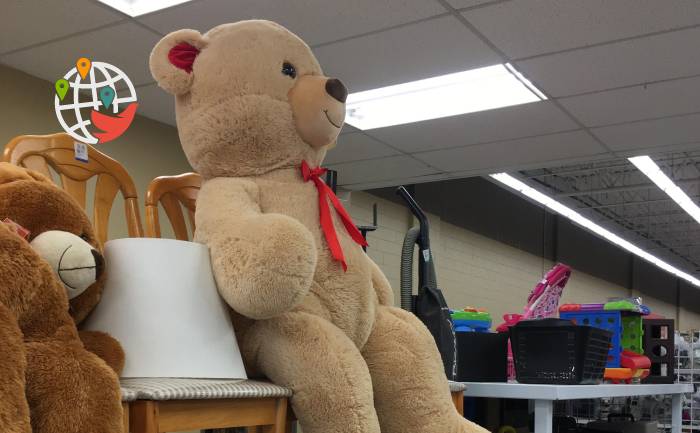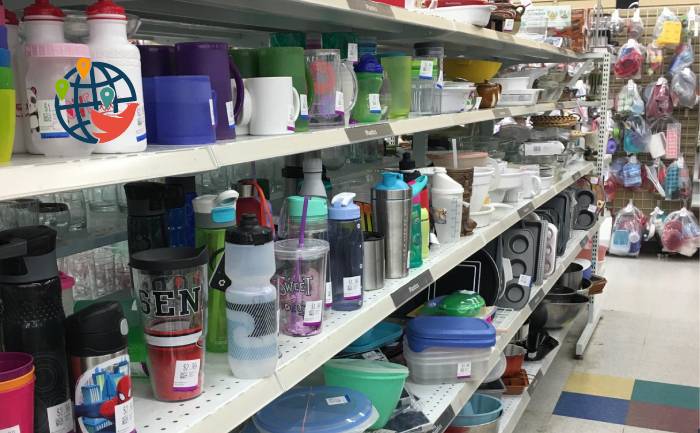Second hand shops in Canada and CIS

In the former Soviet Union, second-hand shops are often treated with a little bit of disdain. In Canada, it is quite the opposite.
A second-hand shop, or the familiar, good old Second Hand. In the average post-Soviet inhabitant, these words evoke a variety of associations — from admiration to approval, from acceptance of the phenomenon as a fact to indifference, from disgust to a contemptuous "fi".
What emotion do the same words evoke in Canadians? Surprisingly, it is pride and satisfaction. Somewhere it's even joy that second-hand shops exist at all. Why? It's simple. The main reason is that the nature of the phenomenon is different here in Canada and across the ocean.

CIS countries
What "there", that is, in some of the former Soviet republics? Second hand shops emerged at a time when the purchasing power of the population had significantly decreased and living was a necessity. And no matter how much the national pride resists, one will not be satisfied with just pride. That is, you cannot put it on yourself.
Where do all these mountains of second-hand goods that cross borders by the ton and are instantly distributed to retail outlets come from? In most cases, these are free donations from the people in the countries from which they come. In shops of the former Soviet Union these things sometimes have a very impressive price tag. And they don't smell good. And they don't look right. And in general... It's a very profitable business.
What about Canada?
Shops are replenished with personal belongings of residents that have become unnecessary. That is, it is an internal process. Any resident can bring directly to the shop anything and just leave it. It can be not only clothes or shoes, but also books, sports equipment, toys, bedding, furniture, appliances, dishes, handicrafts and much more. Special staff will sort out these items: some to the sales floor, some for recycling.
There are several big chains in the country that have a history of doing things. For example, in Ontario, they are Value Village, Goodwill, and Thrift Store.

What is there to be proud of? Canadians who love their country are passionate about the environment and won't throw things away to avoid overproduction or overproduction. After all, recycling reduces this process, which is of great benefit to nature.
What if these, which are still quite good, are also of use to someone? Those that can no longer be used for their intended purpose are recycled. In this way a part of natural resources is saved. Hence the feeling of satisfaction.

By the way, Canadians don't just donate, they are happy to buy second-hand clothes. In the parking lots in front of the second-hand shops, the car park is amazing; it is no different from the range of cars parked in front of the trendy boutiques or huge malls.
There is absolutely no shame in saying that an item is not bought new. In Canada, this is not a sign of poverty, but of love and care for the planet. Which is something everyone should probably think about. What do you think?





























